The Significance of Teeth in Our Lives
Teeth play an essential role in our lives, influencing both the ability to chew and our overall aesthetic presence. A missing front tooth can diminish one’s appearance, while the absence of back teeth can significantly impair chewing efficiency. Severe tooth loss can lead to eating difficulties and trigger various systemic health issues. With health at stake, many individuals contemplate dental restoration options. This raises the question: should one opt for porcelain-fused-to-metal crowns or all-ceramic crowns? Let us delve into the details.
Understanding All-Ceramic Crowns
All-ceramic crowns, also known as all-ceramic caps, cover the entire surface of the tooth without any metal substructure. The absence of a metal base allows them to exhibit superior aesthetics, closely resembling the translucency of natural teeth. The edges of the restored teeth blend seamlessly with the gums, achieving a lifelike appearance without irritating surrounding tissue. All-ceramic crowns have become increasingly popular in clinical practices, especially for aesthetic restorations in the anterior region of the mouth.
Different types of all-ceramic crowns can be classified based on their material composition, such as glass-ceramic, alumina, and zirconia.
The Nature of Porcelain-Fused-to-Metal Crowns
Porcelain-fused-to-metal crowns, commonly referred to as PFM crowns, are created by fusing porcelain to a specially treated metal base under high temperatures in a vacuum environment. This structure consists of an inner metal crown and a porcelain outer layer, which can include materials like nickel-chromium, titanium, cobalt-chromium, and even pure gold alloys.
Aesthetic Appeal
All-ceramic crowns are revered for their natural translucency and color, allowing for a harmonious integration with healthy teeth. In contrast, PFM crowns often display a less natural, chalky appearance that can be particularly noticeable in front teeth, failing to meet the aesthetic demands of many patients.
Bonding and Durability
All-ceramic crowns are entirely made of porcelain, eliminating the risk of delamination between metal and ceramic layers. In contrast, the bonding of metal and porcelain in PFM crowns can be fragile, especially under stress, leading to potential chipping or exposure of the underlying dark metal.
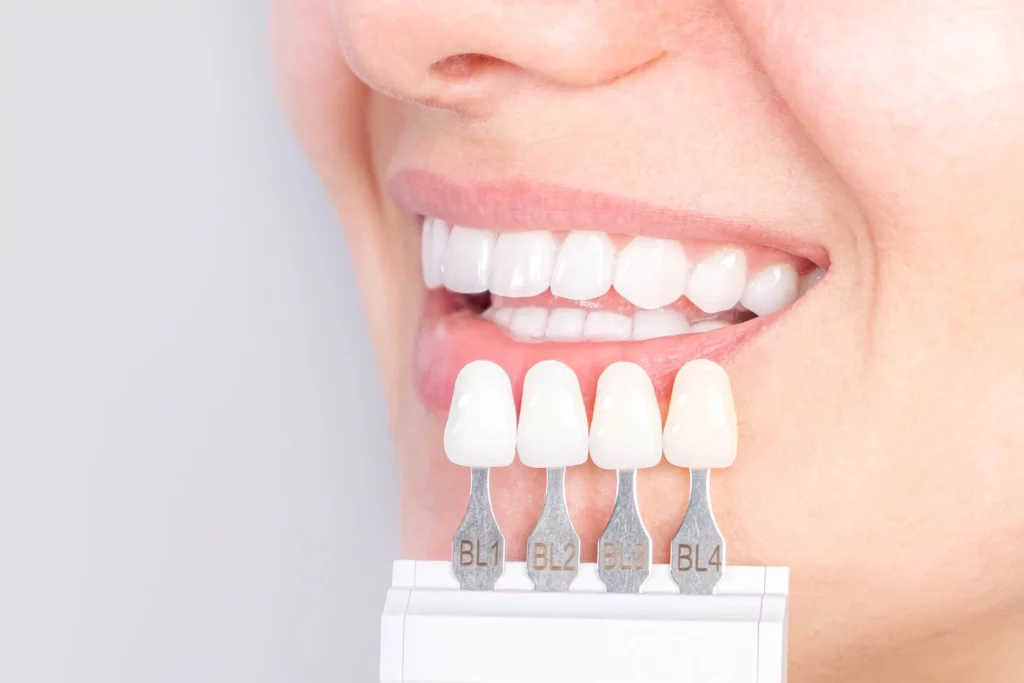
Strength and Wear
The hardness of all-ceramic crowns closely resembles that of natural tooth enamel, ensuring minimal wear on opposing teeth. Conversely, PFM crowns may be harder than natural teeth, posing a risk of excessive wear on adjacent teeth.
Gum Health Considerations
All-ceramic materials exhibit excellent biocompatibility, superior to various metal alloys, including gold. This characteristic minimizes any potential irritation or allergic reactions, making them an ideal choice in dentistry. In contrast, some metal components in PFM crowns can irritate the gums, leading to inflammation or swelling in sensitive individuals.
Implications for Imaging Studies
All-ceramic crowns are devoid of metal components, which does not interfere with imaging studies such as X-rays, CT scans, or MRIs. Patients with PFM crowns, however, may need to remove their crowns during certain imaging procedures due to the metal content that can create artifacts or interfere with the clarity of results.
Making the Right Choice: PFM vs. All-Ceramic Crowns
The choice between porcelain-fused-to-metal and all-ceramic crowns ultimately depends on individual patient needs and preferences. PFM crowns have been utilized effectively since the previous century, resulting in a mature technology applicable for most patients. However, those with high aesthetic demands or aversions to tooth reduction may prefer all-ceramic crowns, particularly if there is limited tooth structure to work with. Additionally, patients requiring imaging studies soon after placement should consider all-ceramic options due to potential complications associated with the metal content of PFM crowns.







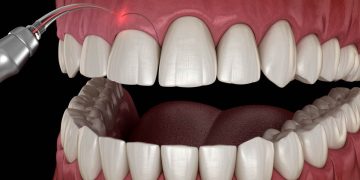
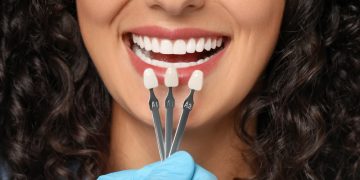



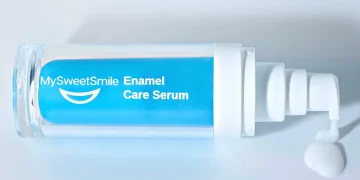






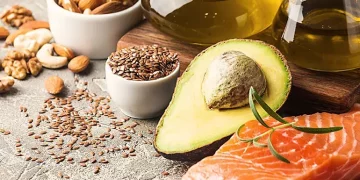





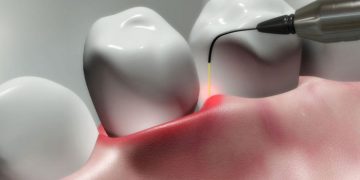


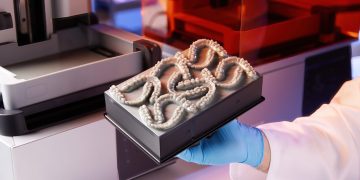


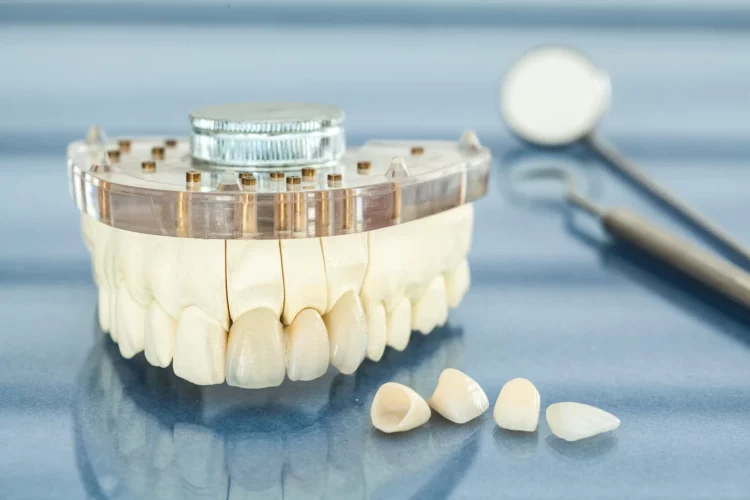













Discussion about this post